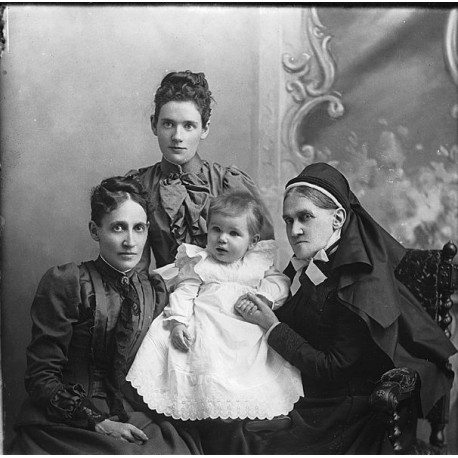 View larger
View larger
Generations of Traits
New activity
This activity shows how traits show up in later generations.
Open Activity
-
Rating
-
Participants Enjoyed the ActivityParticipants Learned from This ActivityActivity Instructions Were Clear and Easy to FollowWould Recommend
Related Programming Resources
| Hints for uses in your library | Instead of using the gingerbread man worksheet, make your family out of Lego's, or turn this into a Maker project! |
| Related Links |
Kids Biology
Intro to Genetics Video What is a trait?-Genetics and Inherited Traits video |
| Originating Source | Genetic Science Learning Center |
| Related Books [Suggest a book] |
Enjoy your cells by Mic Rolph
The Cartoon Guide to Genetics by Larry Gonick and Mark Wheelis Genetics: breaking the code of your DNA by Carla Mooney and Samuel Carbaugh Have a Nice DNA by Frances R Balkwill and Mic Rolph The stuff of life: a graphic guide to genetics and DNA by Mark Schultz, Zander Cannon and Kevin Cannon Cellular biology : organelles, structure, function and April Chloe Terrazas |
Reviews
Pom-poms and Curly Hair
This activity was lots of fun and very easy for even the youngest participants to follow. The best part for our group was that the groups wanted to keep going and see how the traits would work out several generations further. Fortunately, since I had a smaller than normal group that day, I had plenty of extra cups and more than four pom-pom colors to work with. As a result, after completing the worksheet, the group wanted to start intermarrying their “children” to those of other groups nearby. And then, they wanted to marry the “grandchildren” as well. We finally ran out of time with the 6th generation with many of the participants trying to assign all manner of traits to the pom-poms that had found their way into “children” half the room away, as well as marveling at how certain combinations kept popping up, generation after generation.
The exercise can easilybe enhanced by using it in combination with the Monster Manual activity (http://clearinghouse.starnetlibraries.org/biology/121-monster-manual.html) to demonstrate how sets of colored patterns equal different traits.



